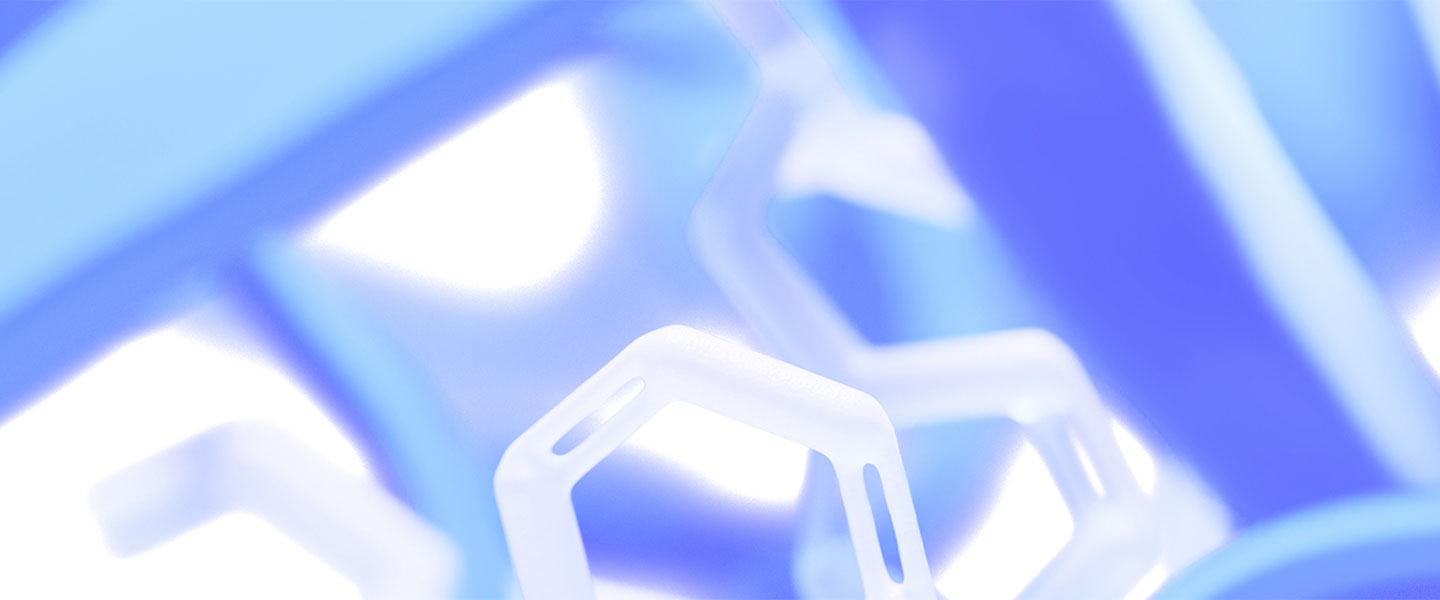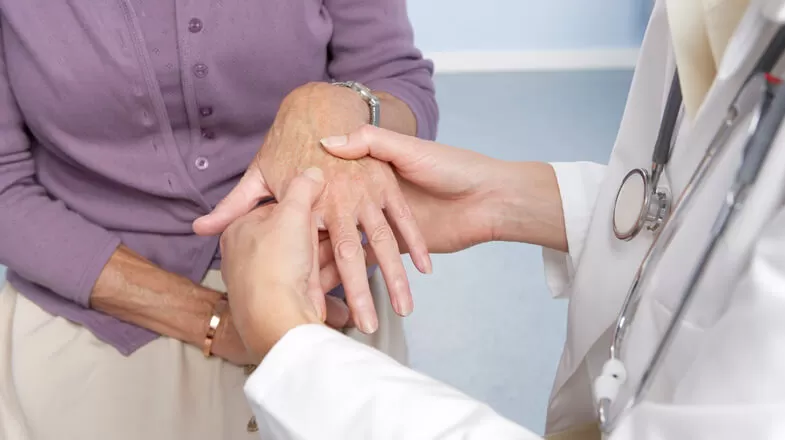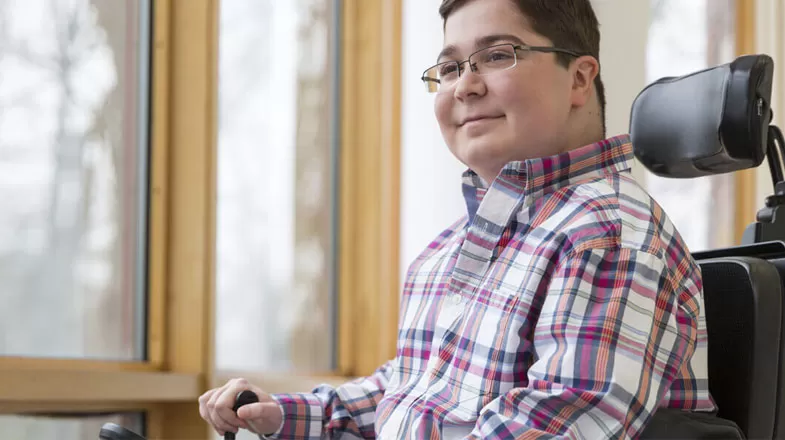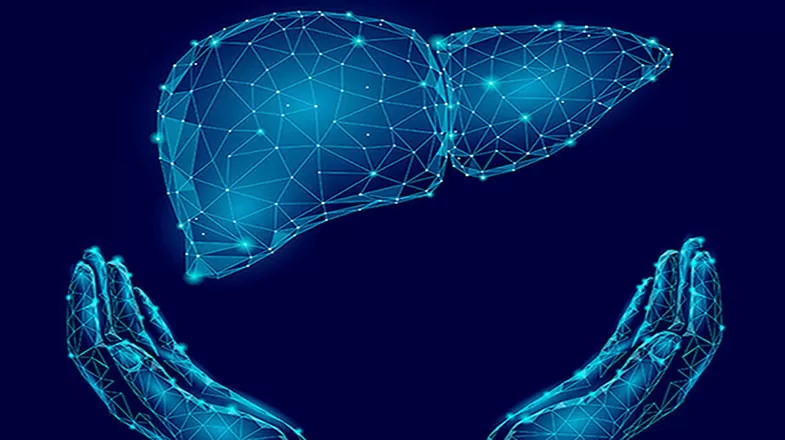- Science
- Clinical Trials
- Guide to Clinical Trials Your participation makes a difference
- Clinical Trials in Children Designed to improve kids' health
- Data and Results Sharing our Results
- Integrity and Transparency Building Trust
- Diversity Equity and Representation
- Plain Language Study Results Trial Result Summaries
- Expanded Access & Compassionate Use Possible Treatment Options
- Find a Trial
- Areas of Focus
- Rare Disease Smaller populations but big impact
- Internal Medicine Extending lifespans worldwide
- Inflammation & Immunology Treatment at the molecular level
- Vaccines Preventing the spread of infections
- Oncology The science of optimism
- Anti Infectives Combatting an evolving risk
- Areas of Innovation
- Gene Therapy Breakthroughs become treatments
- Medicinal Sciences The next generation of science
- Precision Medicine Developing tailored medicines
- Maternal Immunization Protecting newborns at the start
- mRNA Technology Unleashing the next wave of scientific innovations
- Diseases & Conditions
- Coronavirus Resources
- Product Pipeline
- Research Sites
- Clinical Trials
- Products
- How Drugs are Made
- Branded vs. Generic Learn the difference
- Biologics & Biosimilars Cures found in nature
- Commitment to Quality Maintaining the highest standards
- Global Supply Strategic manufacturing locations
- Manufacturing Sites Where medicine is made in the U.S.
- Medicine Safety
- Health Literacy Learning to be well
- Treatment Choices Learning about treatment decisions
- Partnering With Patients Helping others by reporting side effects
- Tips for Patients Preventing medication errors
- Reporting Adverse Events
- Counterfeiting Preventing medication errors
- Product Safety
- Product List
- Product Contacts
- PfizerPro for Professionals
- Patient Assistance Programs
- Distributors
- How Drugs are Made
- Stories
- Newsroom
- About
- People
- Executives Our senior-most leadership
- Board Members The people steering our company
- Scientists Our experts making discoveries
- Patient Stories Our patients
- Colleague Stories Our colleagues
- Responsibility
- Ethics & Compliance Each of us is responsible
- Responsible Business Breakthroughs that change patients’ lives
- Patient Advocacy & Engagement Putting Patients First
- Global Impact Meeting urgent needs worldwide
- Diversity, Equity, and Inclusion Everyone has something to offer
- Environmental Sustainability Our responsiblity to the environment
- Human Rights Furthering dignity and worth
- Health & Safety
- Intellectual Property The benefits of fair competition
- EHS Governance
- Misinformation
- Programs & Policies
- Grants Support for independent research
- Political Partnership Supporting like-minded organizations
- Working with Healthcare Professionals Collaboration to improve lives
- Prescription Value & Pricing How to lower patient costs
- Privacy Principles Commitment to personal data privacy
- Ready for Cures Improving Access to Medicines
- Transparency in Grants Committed to Disclosure
- Policy Positions
- Investors
- Investors Overview Information for stockholders
- Why Invest Why to join us in our mission
- Events & Presentations Calendar of upcoming events
- Financial Reports Quarterly reports and more
- Investor News Announcements about our performance
- Stock Information Charts and data
- Shareholder Services Information on stock transactions
- Corporate Governance
- Corporate Governance Overview Gaining insight into our performance
- Board Committees & Charters Defining the corporate structure
- The Pfizer Board Policies Ensuring ethical leadership
- Corporate Governance FAQs Learn more about our approach
- Contact Our Directors Email any of our Directors
- Purpose
- History
- Careers
- Partners
- People
Many aches and pains in the muscles, bones, joints, ligaments, and tendons fall under the category of musculoskeletal conditions.1 These discomforts often linger, making it harder for people to move, work, and do the things they enjoy.2
People can inherit musculoskeletal conditions from their parents, but some people develop musculoskeletal conditions as they age. Musculoskeletal conditions can also stem from infections, inflammation, or tissue damage over time. Additionally, injuries and diseases can cause musculoskeletal conditions.1
What are musculoskeletal conditions?
Musculoskeletal conditions make up a group of more than 150 diseases and conditions that affect the muscles, joints, bones, and connective tissues of the body. Musculoskeletal conditions can affect broad areas, such as the neck or back, or even produce pain throughout the body.2
This can be debilitating for the estimated 1.71 billion people globally who have musculoskeletal conditions.2 These conditions are among the leading cause of disability in the U.S.1 Pain, loss of mobility, and limited dexterity can prevent people of all ages from working or enjoying life.2
Different musculoskeletal conditions progress in different ways. For example, a broken bone, sprain, or strain and the corresponding pain may resolve with time. But other conditions, such as chronic primary back pain, osteoarthritis, and rheumatoid arthritis can cause issues and worsen for months or years.2
How do musculoskeletal conditions affect the body?
The primary way that musculoskeletal conditions affect health is by producing pain. They can also limit people’s ability to move and function. As a result, healthcare professionals often assess pain and mobility to gauge a musculoskeletal condition’s effects.1
Healthcare professionals typically design treatment plans to alleviate pain and improve function. Reducing pain may not improve function, and improving function may not reduce pain.1
Common symptoms of musculoskeletal conditions include:3
- Throbbing or aching pain
- Stiffness, which may be present when a person wakes up and change throughout the day
- Swelling
- Redness (also called erythema)
- Warmth
- Weakness
Pain associated with musculoskeletal conditions may increase or change depending on a person’s physical position, whether they’re performing an activity that aggravates or eases the condition, and whether they take steps to relieve the pain.3
- References
- Musculoskeletal disorders. National Library of Medicine. https://www.ncbi.nlm.nih.gov/books/NBK559512/. Updated April 21, 2020. Accessed April 10, 2023.
- Musculoskeletal health. World Health Organization. https://www.who.int/news-room/fact-sheets/detail/musculoskeletal-conditions. Updated July 14, 2022. Accessed April 10, 2023.
- Miller, S. An overview of the musculoskeletal system. https://www.ncbi.nlm.nih.gov/books/NBK266/. National Library of Medicine. Accessed April 11, 2023.



